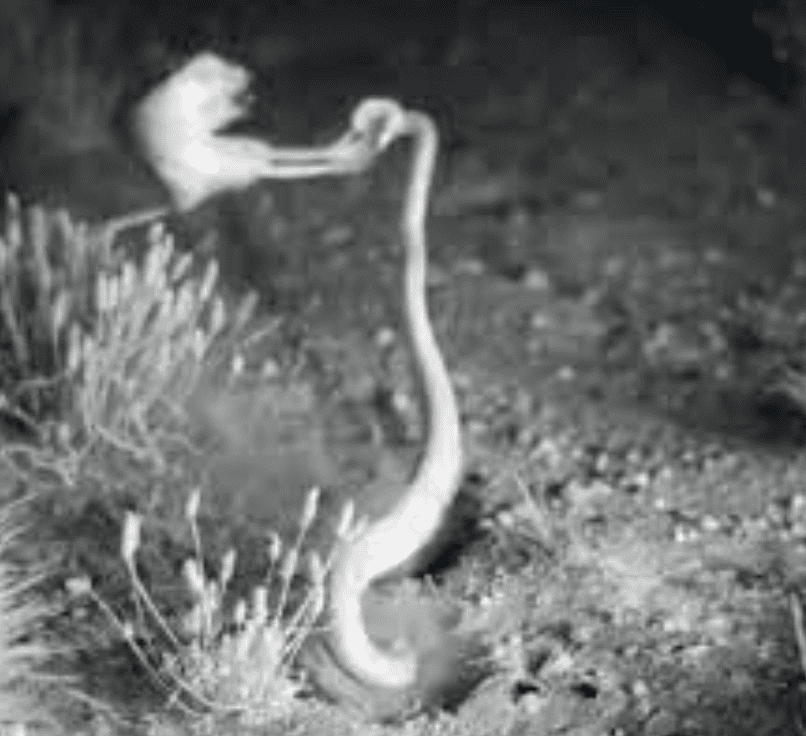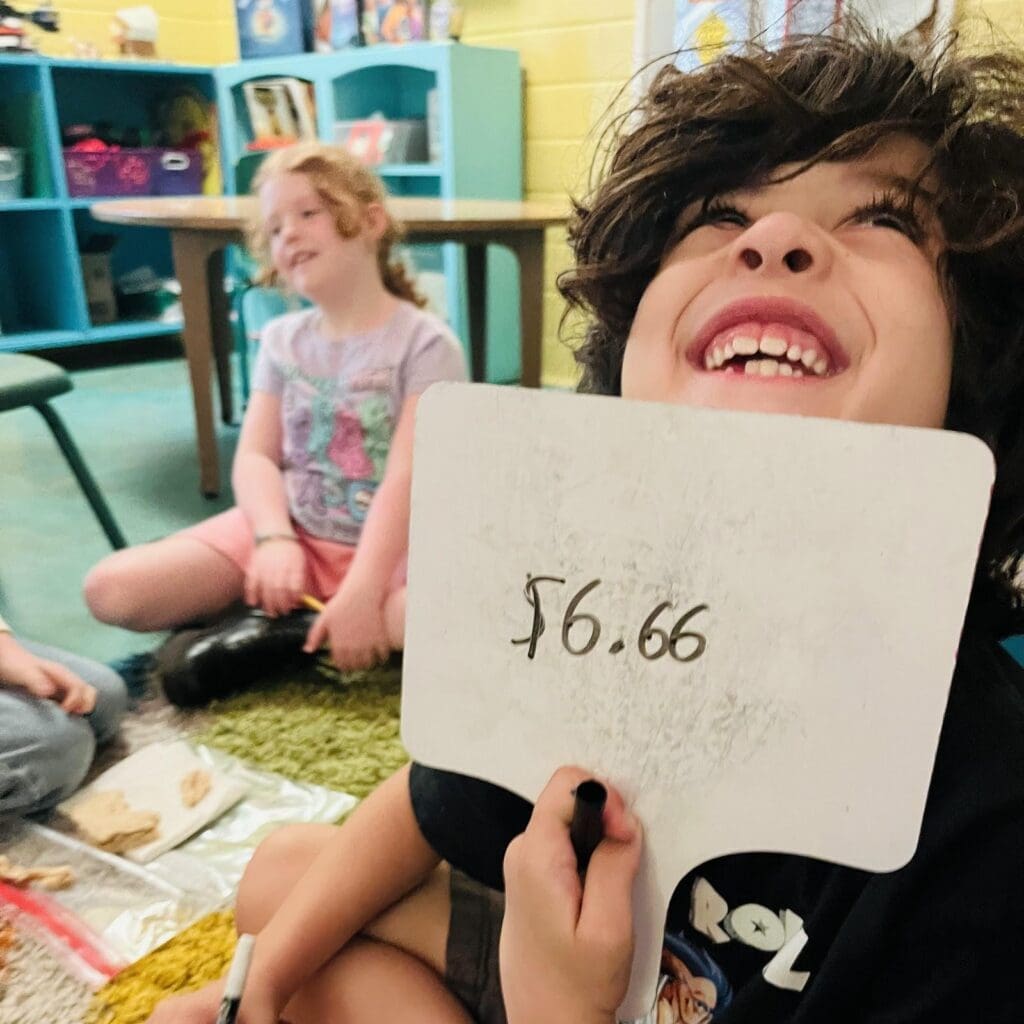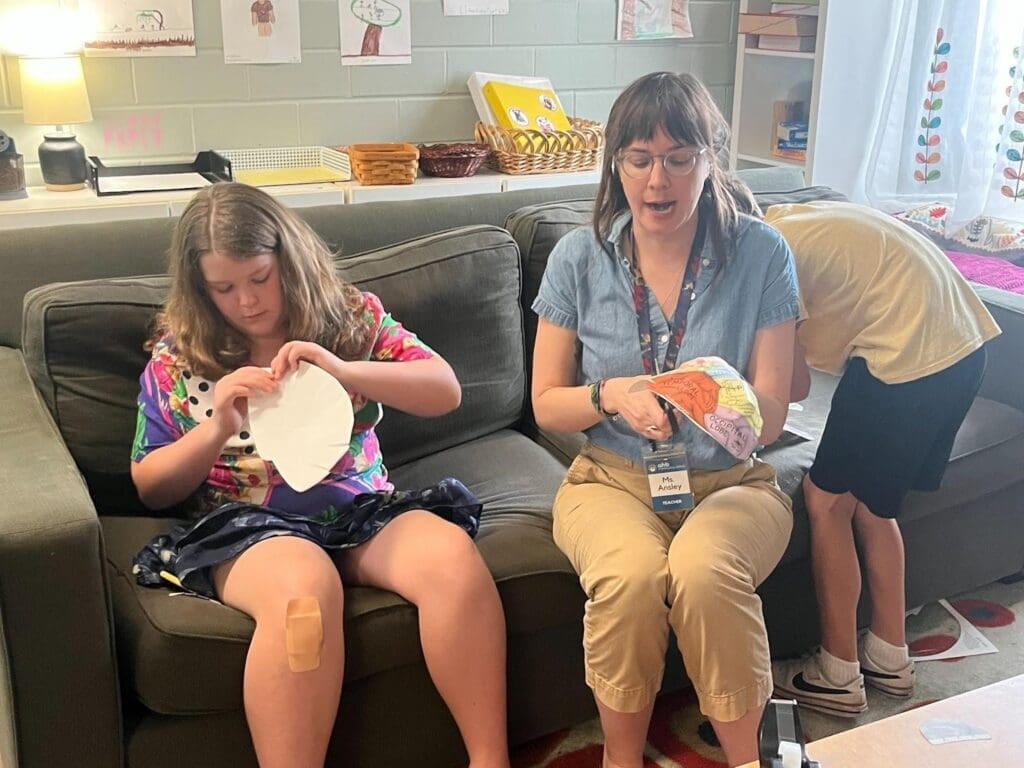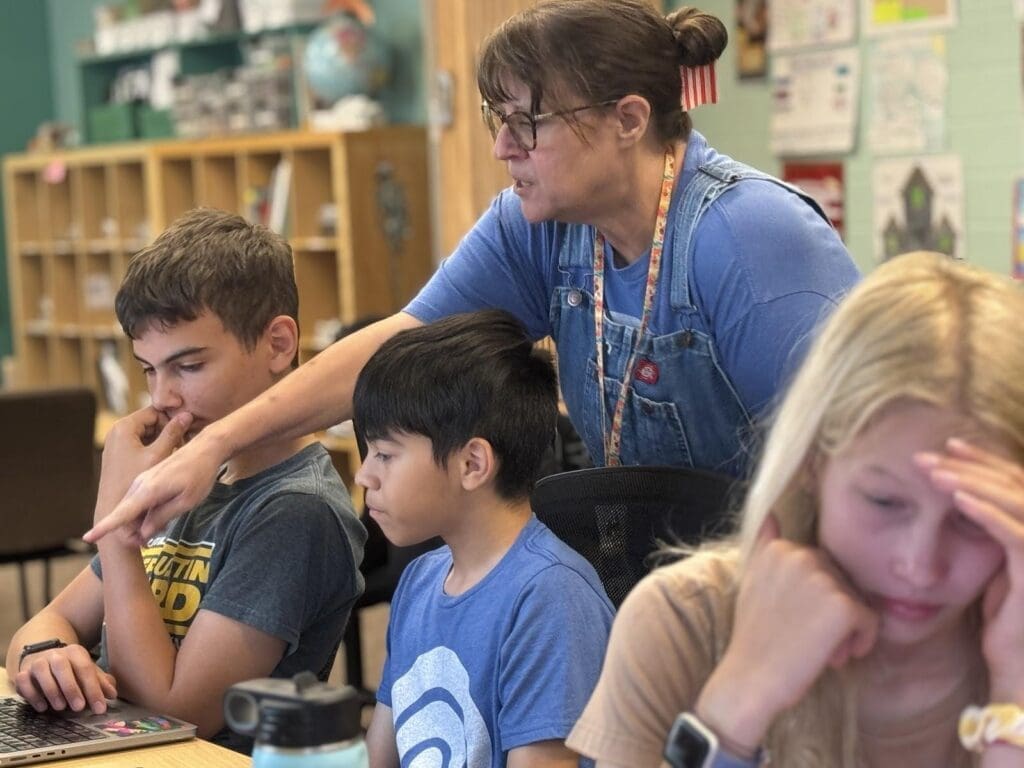Last week…
WE explored the landscape and habitats west of the Great Plains and Panhandle. We found the Chihuahuan desert…home to many amazing creatures and cacti , the Davis and Chisos Mountain ranges with their juniper, small oak, and pinon trees, and Beautiful Big Bend National Park along the Rio Grande.
We discovered that creatures adapt to their environments. Like the Kangaroo Rat that doesn’t drink water…it gets enough of it from it’s food AND it can kick a rattlesnake like nobody’s business! The javelina, a collard peccary whose favorite food is the prickly pear and guess what?! The cactus thorns don’t bother them one bit! And in the mountains, the acorn woodpeckers who harvest acorns to keep in their acorn granaries…”put-by” food when needed. There is always one of them on guard so that no one steals them!



We constructed our West Texas diorama…building water and landform features to support the variety of flora and fauna.


This week in Our Big Backyard…
Alphas learned how the Paleo-Indians in the Archaic Period in the Western region of Texas adapted to the environment. One way archeologists know people lived in Texas is by digging through their trash! They find Paleo-Indian trash throughout Texas in what they call “middens.” Alphas learned that a great way to find them is by looking for fractured rock – because Paleo-Indians built earth ovens with rock. After a while, some of the rocks would break and not be very good for cooking any longer, so they tossed them out of the fire pit. This created big donut-shaped piles! Alphas built models of earth ovens and documented them!




We learned that West Texas Paleo-Indians made homes in rock shelters. These are different from caves, and way nicer too because they are open-aired, full of light and ventilation! Archeologists know this because they’ve found many middens in them all across West Texas! They also found some of the best pictographs in the world painted on many of their walls. Alphas learned that these paintings were made of all kinds of materials the Paleo-Indians collected from nature like teeny insects that lived on cactus, minerals, charcoal, plants, and even blood! They mixed those things with water, PEE(boy, did the Alpha love that!), spit, and fat – which gave it such lasting power!
Archeologists know that these nomadic people were very busy hunting and gathering, so they didn’t have a lot of spare time to make pictographs. They also know that when it comes to survival, you don’t waste a precious ingredient like fat on doodles – so they figured that those pictographs took many, many years to create and they must have been very important to them. We had a great time grinding pigments to mix with fat and make paint for our table team rock shelters!






In Math…
Ms. Kim’s Mathletes got busy learning a lot of names for 2D shapes. We read The Greedy Triangle and made their own shapes in playdough, and paper, and we discovered that we can make new shapes by putting shapes together – AND – we can divide shapes into many smaller shapes!
Sorting shapes…
Making shapes out of our bodies!

Triangles!

Quadrilaterals!

We made a tetradecagon!!!!




Dividing shapes can create smaller shapes!
I see trapezoids made out of triangles and triangles made out of trapezoids (and triangles)! There are big quadrilaterals made out of rhombuses…Can you spot the hexagon made out of a rhombus and triangles?
Fox, we loved that long, thin trapezoid you made out of rhombuses, trapezoids, and triangle!
Ms. Eliza’s Math Wizards studied the U.S. quarter this week and played Race to a Dollar. We saw that there are a variety of designs on quarters including US states and America the Beautiful series. We solved word problems, learned a game called PIG where we keep adding on to get to 100. (Photos from last week & this week)
How many nickels in one dollar?
Let’s count by 5’s and see

Adding with 3 numbers gives us a chance to practice looking for the numbers that make 10, looking for doubles facts, or doubles plus one to help us solve adding 3 numbers more easily.
In ELA…
Ms. Kim’s Mad Poet Society heard many poetic questions posed by Pablo Neruda – and several “question poems” written by children.
We used a few provocative photos that inspired our own questions.


We shared our writing…
We continued to practice spelling words with ending blends, we alphabetized them, and we even did some syllabication work!
And after ALL that, a hand was raised and a student asked if they could please “free write.” Ms. Kim brushed away her tears of joy and found another inspiring image for students to work with!


Ms. Eliza’s group reviewed short o cvc words. The sight words we added to our growing knowledge are have and little. We wrote sentences with these words in our journals and played games with cvc words. In our poetry study we read tow cat poems and then wrote our own…keeping in mind about how cats feel, look, and act.
& In Other News…
We had a new parachute to play with at recess!

And cupcakes for Adeline’s birthday celebration!





